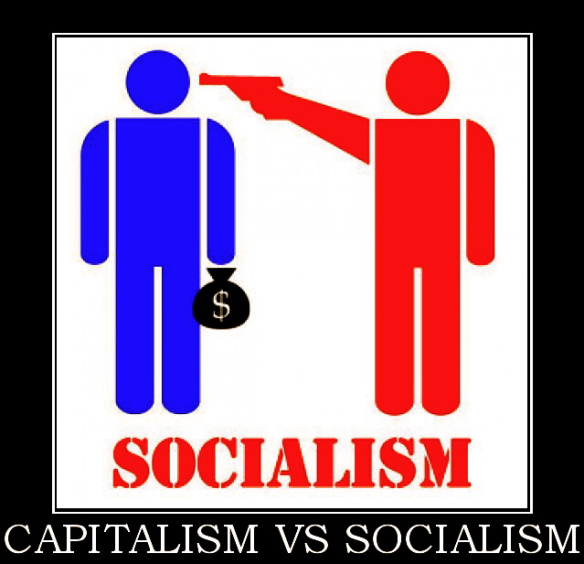 Socialism builds and capitalism destroys – Hugo Chavez
Socialism builds and capitalism destroys – Hugo Chavez
or
The problem with socialism is that you eventually run out of other peoples’ money – Margaret Thatcher
Ed Note: Take 45 seconds to read the following and decide for yourself:
A Brilliant Example of Socialism’s Achievement
An economics professor at a local college made a statement that he had never failed a single student before, but had recently failed an entire class. That class had insisted that Obama’s socialism worked and that no one would be poor and no one would be rich, a great equalizer.
The professor then said, “OK, we will have an experiment in this class on Obama’s plan”.. All grades will be averaged and everyone will receive the same grade so no one will fail and no one will receive an A…. (substituting grades for dollars – something closer to home and more readily understood by all).
After the first test, the grades were averaged and everyone got a B. The students who studied hard were upset and the students who studied little were happy. As the second test rolled around, the students who studied little had studied even less and the ones who studied hard decided they wanted a free ride too so they studied little.
The second test average was a D! No one was happy. When the 3rd test rolled around, the average was an F.
As the tests proceeded, the scores never increased as bickering, blame and name-calling all resulted in hard feelings and no one would study for the benefit of anyone else.
To their great surprise, ALL FAILED and the professor told them that socialism would also ultimately fail because when the reward is great, the effort to succeed is great, but when government takes all the reward away, no one will try or want to succeed. Could not be any simpler than that.
Here are possibly the 5 key points about such an experiment:
1. You cannot legislate the poor into prosperity by legislating the wealthy out of prosperity.
2. What one person receives without working for, another person must work for without receiving.
3. The government cannot give to anybody anything that the government does not first take from somebody else.
4. You cannot multiply wealth by dividing it!
5. When half of the people get the idea that they do not have to work because the other half is going to take care of them, and when the other half gets the idea that it does no good to work because somebody else is going to get what they work for, that is the beginning of the end of any nation.
More from Martin Armstrong:
Protesters gather around the world for the Million Mask March in more than 400 cities that were planned to coincide with Guy Fawkes Day in Britain. Just wait until they take 10% of everyone’s account to hand it to the banks. Will the masks come off then? What’s next? IMF proposes forced labor to reduce government deficits and manipulate the high unemployment stats? It would be nice if these people just for once REALLY understood what is going on behind the curtain.



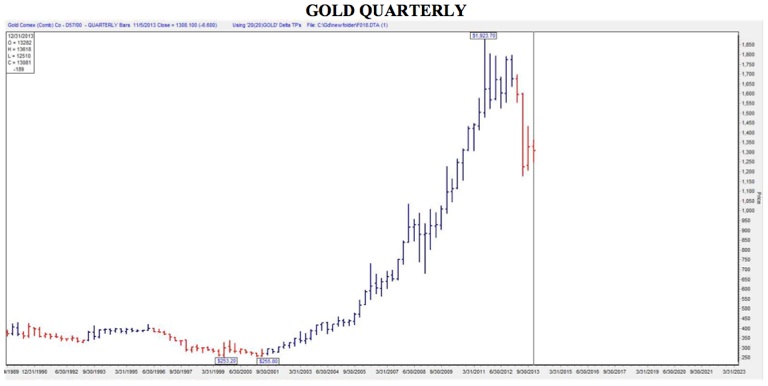
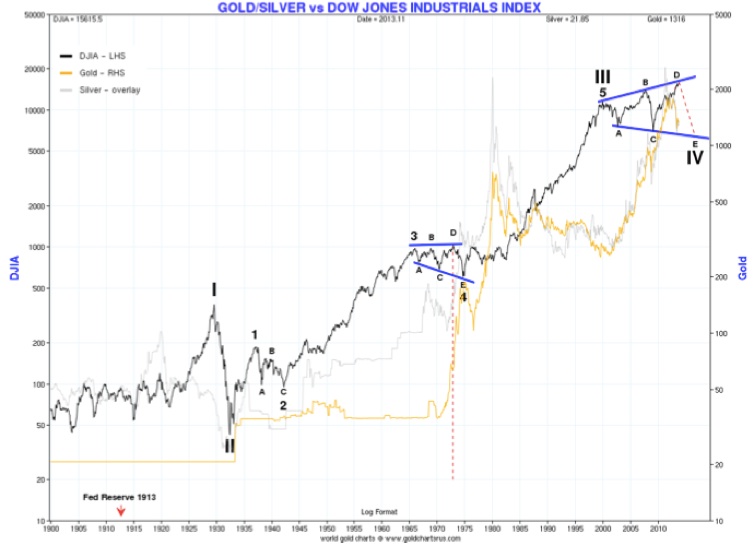
 Socialism builds and capitalism destroys – Hugo Chavez
Socialism builds and capitalism destroys – Hugo Chavez 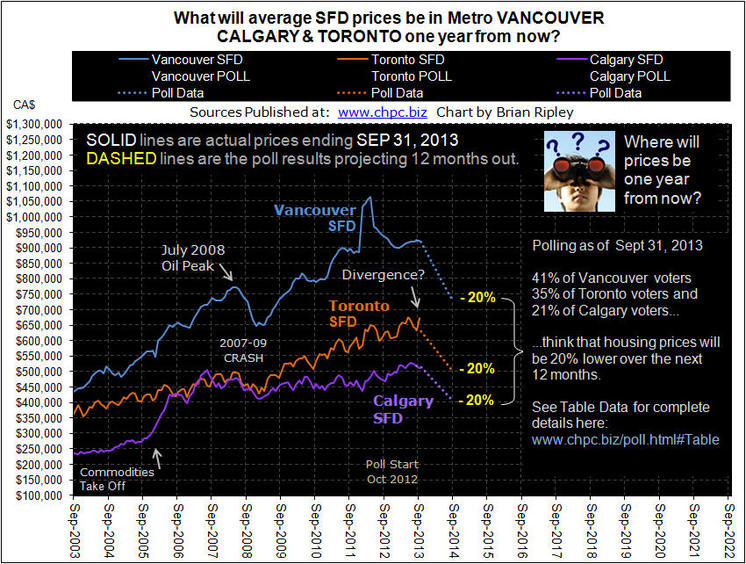
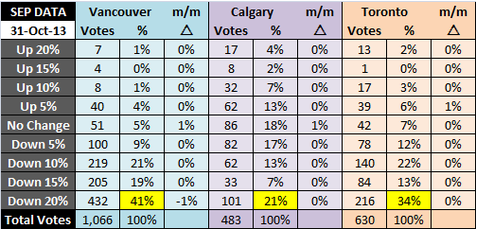

 This is one of the few times where the benefactors or professionals who benefit from the bubbles, in this case created by the Federal Reserve, fully and openly acknowledge that stock prices and certain other asset classes are completely divorced from fundamental valuations.
This is one of the few times where the benefactors or professionals who benefit from the bubbles, in this case created by the Federal Reserve, fully and openly acknowledge that stock prices and certain other asset classes are completely divorced from fundamental valuations.









